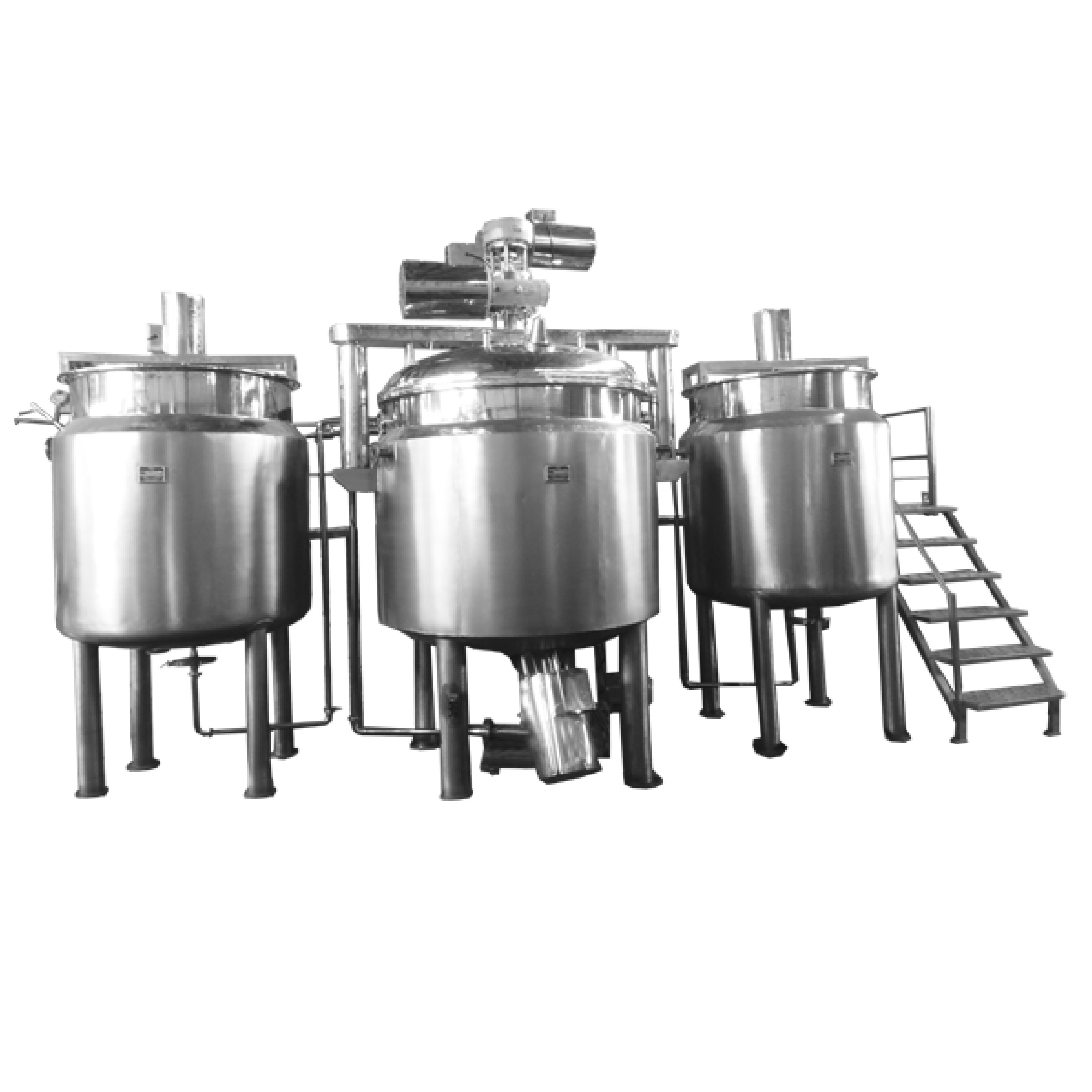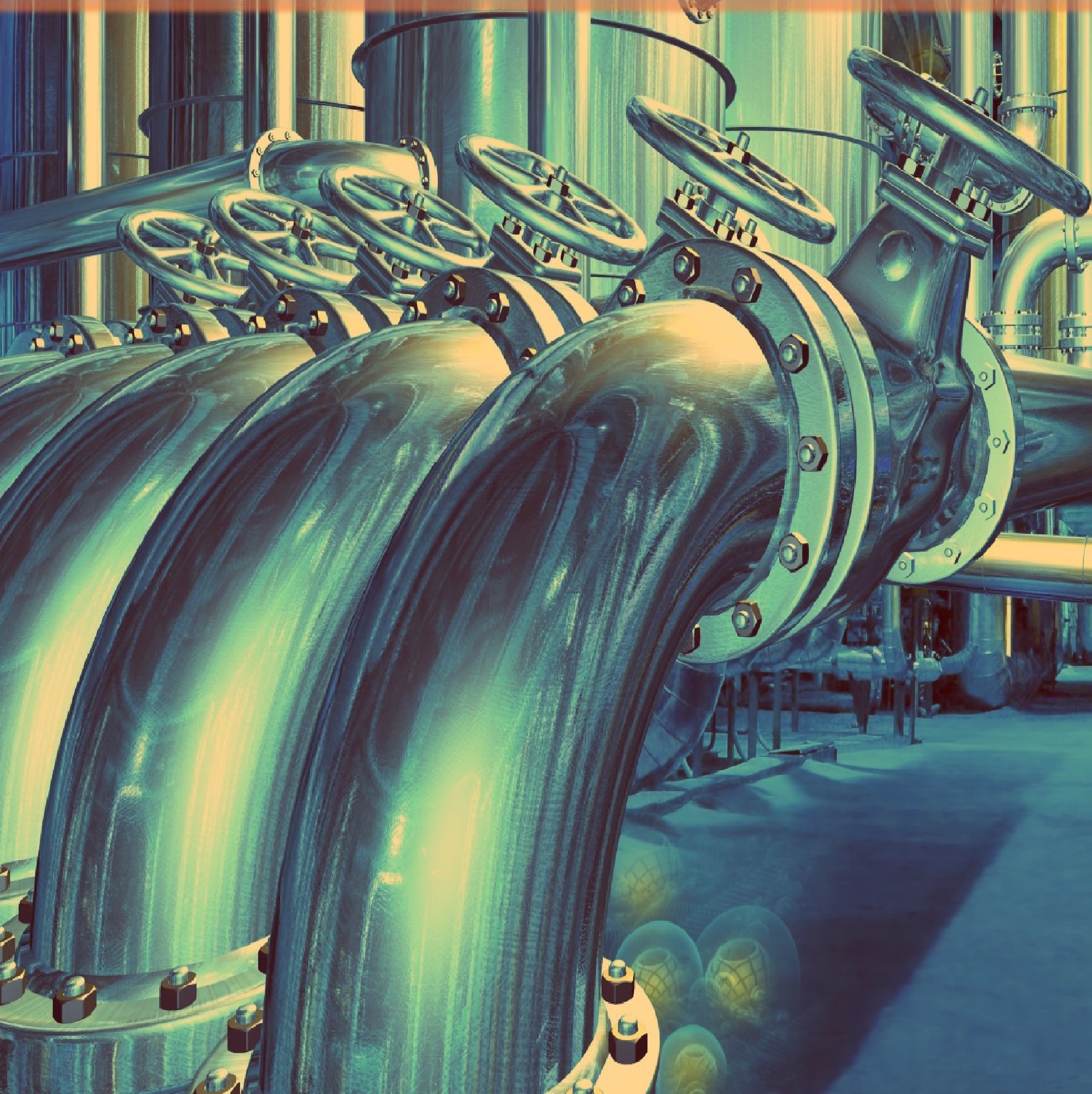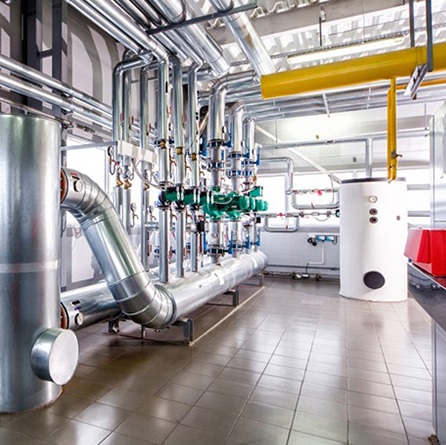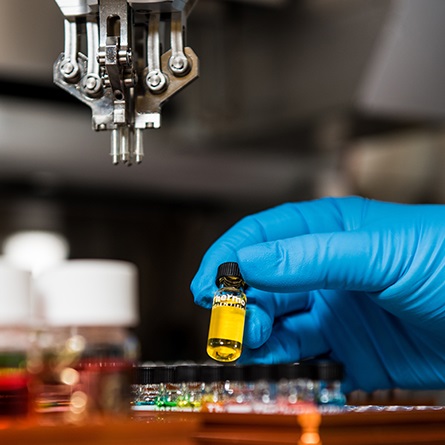

Vessel Design Enhancement to increase the throughput
Faster batch processing with consistent and optimal quality is a common goal for Pharmaceutical Industries. It’s often the impetus for adding more processing equipment. But improving throughput can involve much more than simply adding capacity. When you add a new processing vessel to your line, move up to a larger capacity or replace an existing unit, you have the unique opportunity to consider design options that can optimize your overall performance.
Depending on your objectives, optimizing your vessel design can dramatically reduce your batch processing time while also improving safety, product quality and product consistency. Here are three areas where optimizing your processing vessel can produce significant results.
Add agitation to enhance mixing and improve processing capacity
Many applications start out with standard, jacketed vessels without agitation, or rely on manual agitation methods to mix their product. Identifying the proper agitation style for your specific process is key to successful batch production. Various agitation styles can be considered, and depending on the objective, can be flexible enough to utilize across multiple product lines.
For example, single-motion agitation can be used for simple stirring applications, minimizing the opportunity for product to burn while heating. Single-motion agitation inclined at 45 degrees, however, provides a unique lifting/folding action that is optimal for gentle agitation of products, while providing the benefits of scraped-surface agitation.
Double-motion agitation utilizes counter-rotating blades to move ingredients more efficiently from the outer surface to the centre and from the bottom to the top of the Vessel, allowing for more efficient heating and mixing. Coupled with an inclined Vessel design, double-motion agitation can be effective across a range of mixing speeds, offering gentle lifting and folding action or highly aggressive mixing, allowing for the processing of highly viscous products.
Increase jacketing area to reduce batch cycle time
Maximizing jacketed surface area is another way to improve batch cycle times. Additional jacket surface area increases the area in which heat can be transferred to the product, significantly reducing both heat-up and cool-down times, which in turn reduces the time needed for a batch to process. And, by maximizing the jacketed area of the vessel, processors will have the option of utilizing zoned heating, allowing different areas to be heated independently and further increasing your vessel’s efficiency and flexibility. Zoned heating can allow for smaller batches to be processed in a larger vessel or for large batches to be heated more precisely
It’s important to note that while making these adjustments, heating and cooling times must be carefully calculated to produce consistent results and avoid changing important properties in the final product, such as ingredient color or consistency. Consider carefully how expanding the jacketed area and increasing the heating surface will affect your product and how your steam and hot water needs may change.
Add safety enhancements to reduce downtime
Improving both food safety and operator safety can also increase overall operational efficiency. Highly polished interior finishes, special scraper blades and pipeline metal detections systems all significantly reduce the risk of contamination and improve clean-in-place efficiency. Meanwhile, enhancements like jacket insulation, cover lift assists, limit switches, grate cut-off switches and variable-frequency drive controllers can all prevent injuries during operations, avoiding costly downtime and danger
Prepare for the future by optimizing vessel design before you need to expand
In addition to optimizing your existing process, it is also important to think of future production needs. The process of expanding your process operation is often a long-term consideration, one that may actually begin before you find yourself ready to expand
Fast growing manufacturers may be wise to consider larger or more versatile capabilities when designing their new processing vessels. Features like increased horsepower or agitator viscosity ratings may be more than currently needed, but they will allow for the production of a wider variety of products at greater capacity in the future. Contract manufacturers, in particular, may find this approach especially valuable since their manufacturing requirements are customer-specific and often unpredictable







